The China Eastern Railway: The Journey
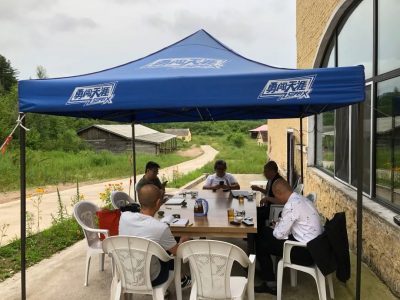
Journey|Harbin and Hengdaohezi
China Eastern Railway
Time: July 24 – 25, 2019
Location: Harbin, Hengdaohezi

Observation | Two Pursuits: Zhao Gang’s Highways and Zhang Hui’s Railways
China Eastern Railway
Time: 2020
Author: Long March Project
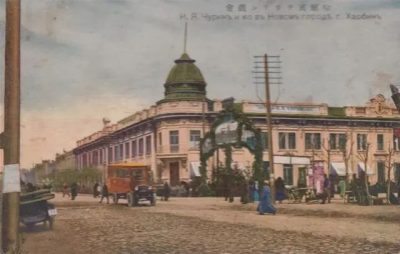
Background | Railways, Diaspora, Architecture
China Eastern Railway
Time: 2019
Compiled by Long March Project
Background | Railways, Diaspora, Architecture
China Eastern Railway
Time: 2019
Compiled by Long March Project
Railways
Diaspora
Architecture
1866: Siberian architects propose building a railroad from Chita to Vladivostok via Manzhouli
1896: Li Hongzhang signs the Sino-Russian Secret Treaty with his Russian counterpart, the name of the railroad is decided as “East Provinces Railway of the Great Qing”
August 1897: Ground is broken on the construction of the Great Qing Railway with Harbin as its hub
1897: A large number of Russian migrants and soldiers start moving to Harbin following the railway. A number of Russian Jews begin to arrive in Harbin working as engineers on the railway.
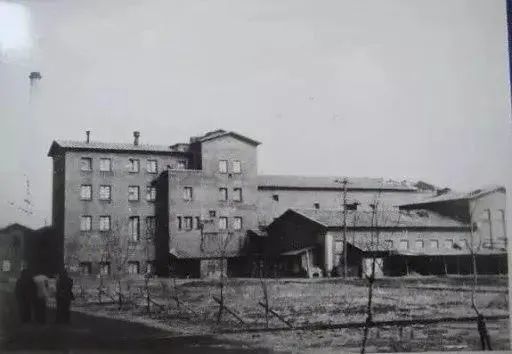
1900: Russian businessmen open Mainland China’s first beer factory in Harbin
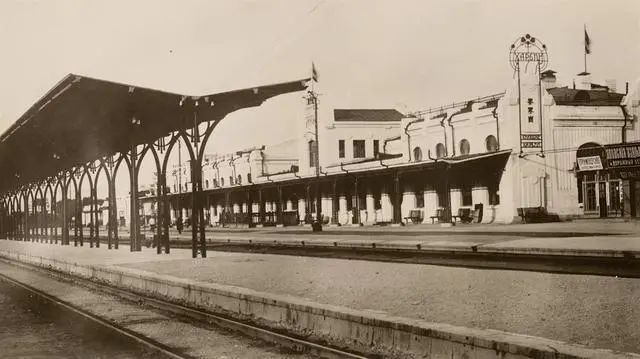
14 July 1903: The China Eastern Railway becomes fully operational
1903: The Jewish Expatriate Associate is founded in Harbin
1903-1905: German businessmen open a number of beer factories [in Harbin]
1907: Russian soldiers build the largest Orthodox church in the Far East, the St. Sophia Cathedral in Harbin
September 1905: All railways south of Changchun come under Japanese possession. Russia begins to control travel on the China Eastern Railway north of Changchun.
Japan begins to invest heavily in Harbin’s economy causing an influx of Japanese expatriates into the city.
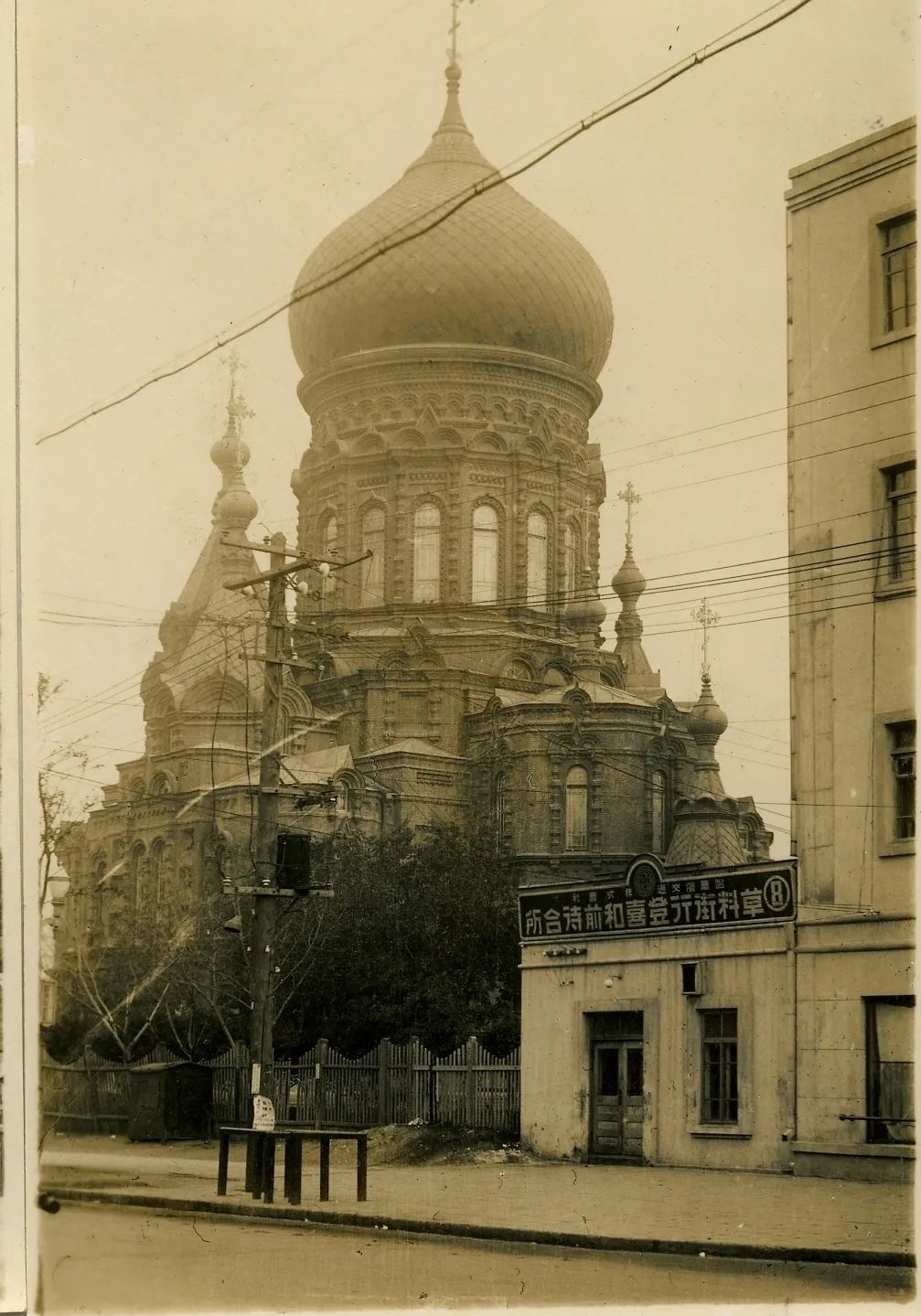
The P.A. Berkovich building is constructed in an eclectic architectural style with delicate balconies on the upper stories and golden statues flanking the main entrance.
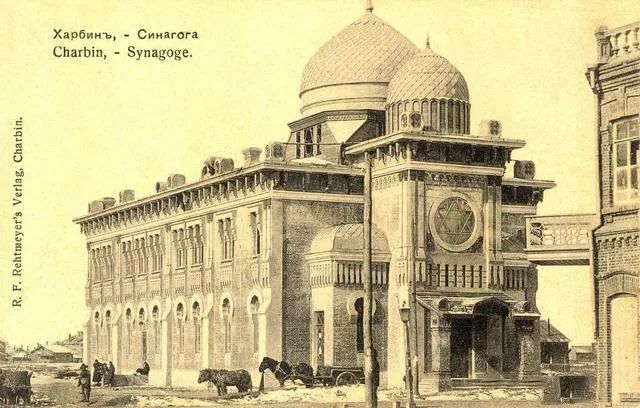
1908: The Jewish Religious Association is founded. The following year a synagogue is constructed and a primary school for Jewish expatriate children.
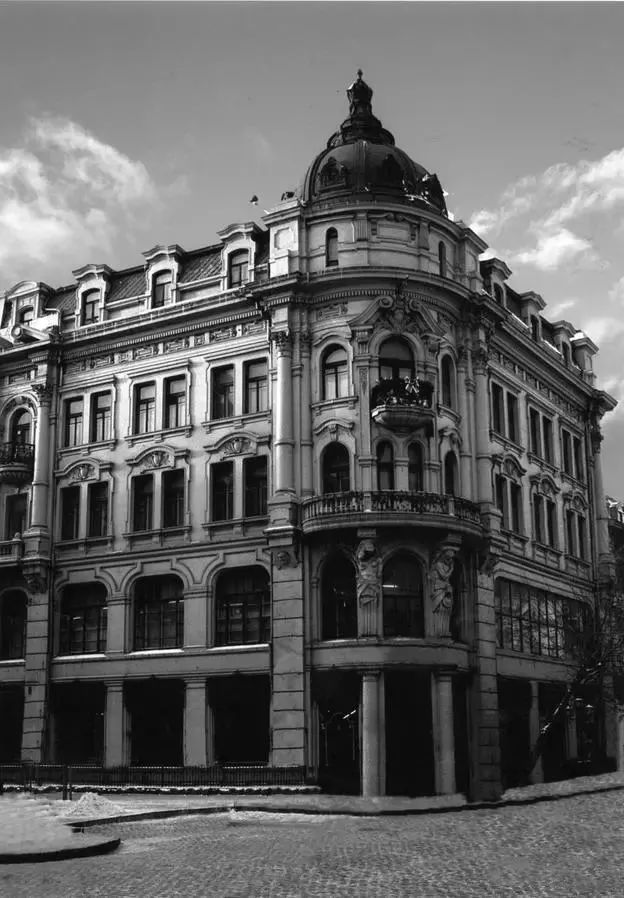
1909: The Songpu Foreign Firm building is built incorporating baroque elements in its construction
1912: The German company Siemens opens an office in Harbin, it provides electrical material and appliances for the East Provinces Railway.
1913: The Hôtel Moderne is opened in Harbin. What had originally been a large luxurious guesthouse run by the Jewish businessman Joseph Kaspé was rebuilt as the Hôtel Moderne in the Art Noveau style.
1914: Start of WWI. The government of the former Republic of China breaks off diplomatic relations with Germany. German businesspeople begin leaving Harbin.
1917: October Revolution in Russia. The China Eastern Railway Administration sets up two residential areas in Harbin for White Russian refugees expelled by the Soviets. A number of Jewish businesspeople escaping the Soviet Union move to Harbin.
The Concord Bank building is constructed in 1917, the brick and concrete structure has imitation heavy stone masonry walls as building support, it is in an eclectic architectural style.
1919: The China Eastern Railway is reclaimed by the government of the former Republic of China
White Russian émigrés in Harbin are deprived of most of their rights and the majority leave Harbin. In 1920, the Jewish expatriate population is over 20,000, most of whom have businesses in Harbin.
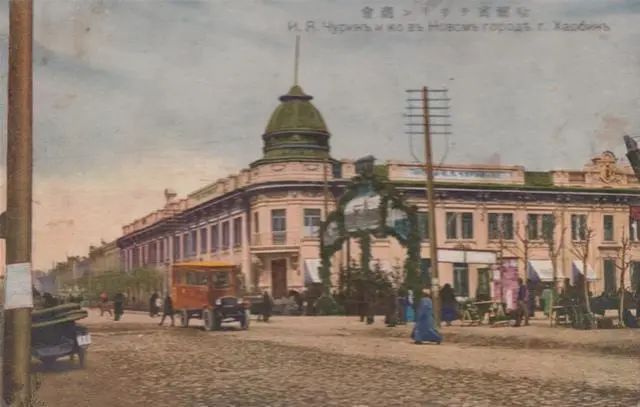
The Russian businessman Ivan Yakolevich Churin builds and open a branch of the Churin Commercial Bank on Harbin’s Central Street. The building represents a development and breakthrough of the art nouveau style.
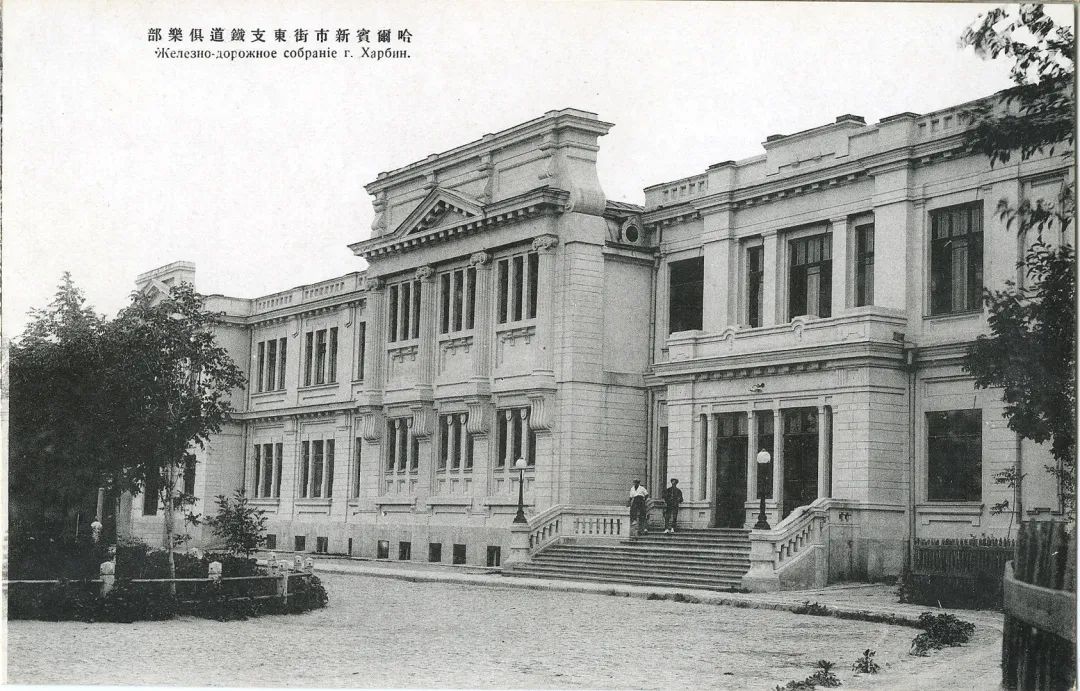
1922: the Soviet Union is founded, the USSR and China jointly run the China Eastern Railway north of Changchun. Photo of the Railway Club on the eastern branch of Shinshi St. in Harbin
Beginning in 1923, the Jewish diaspora population begins to shrink. A number of Jewish refugees, after spending a short time in Harbin, emigrate to North America and Western Europe.
1925 the Wanguo Savings Association is built, a mixed concrete and brick construction, and in the neo-classical style.
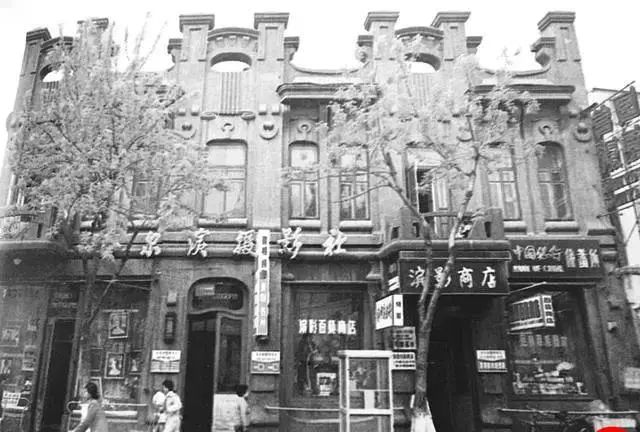
1927: Miniature Restaurant is built in an art nouveau style, it mainly serves coffee. It is later turned into the Harbin Photo Studio.
1929: As a result of the Sino-Soviet Conflict, the USSR takes over the administration and control of the China Eastern Railway
18 September 1931: The Mukden Incident, Japanese troops take control over the China Eastern Railway and the entire rail network in Heilongjiang Province.
March 1935: The USSR sells its rights to the North Manchuria Railway to Manchukuo for 140 million Japanese Yen.
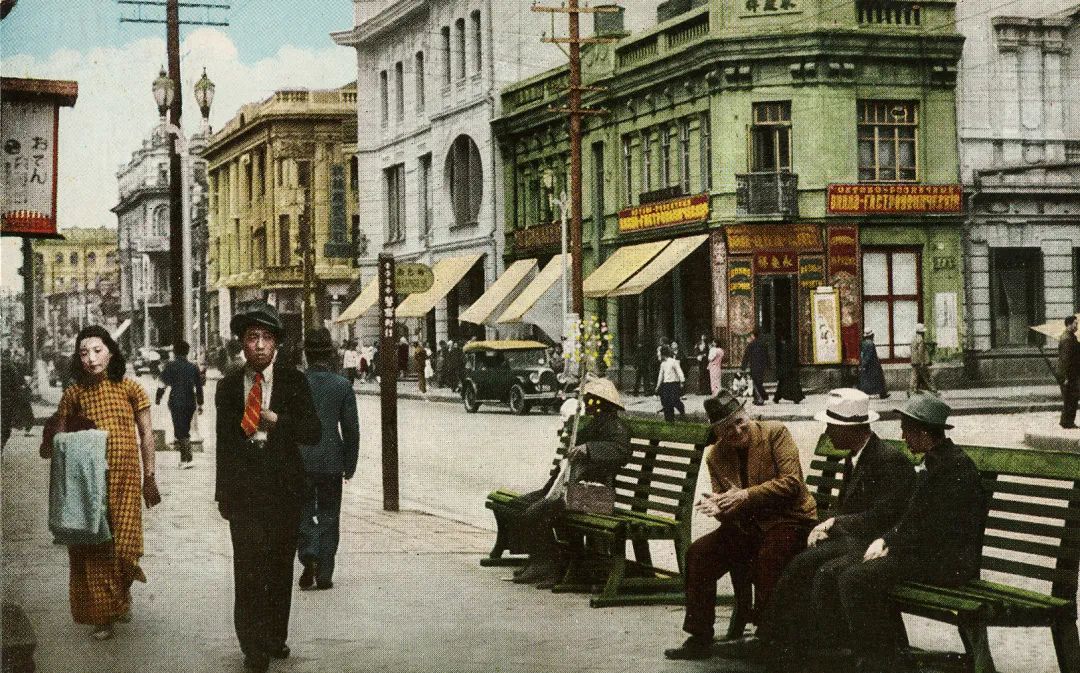
1932: China Eastern Railway under the joint operation of the USSR and Manchukuo is renamed as the North Manchuria Railway. Operation of the South Manchuria Railway is placed under the jurisdiction of Manchukuo. There is a sharp decrease in the Soviet expatriate population.
The majority of Soviet workers and their families withdraw from the region and return home. The Russian-built Harbin Beer Company is appropriated by the Japanese.
1940: Only 1,845 Soviet expatriates remain in Harbin
1946: Soviet troops retreat back to the USSR, The CPC establishes the General Administration Office for the China Eastern Railway in Harbin.
1954: Following the death of Stalin, the last group of Soviet expatriates leave Harbin.
*A number of the images in the timeline are from the report “ハルビン絵葉書検索システム [Harbin Picture Postcard Record System]” by the Nihon University College of Humanities and Science accessible at http://da.tani.cs.chs.nihon-u.ac.jp/harbin/
